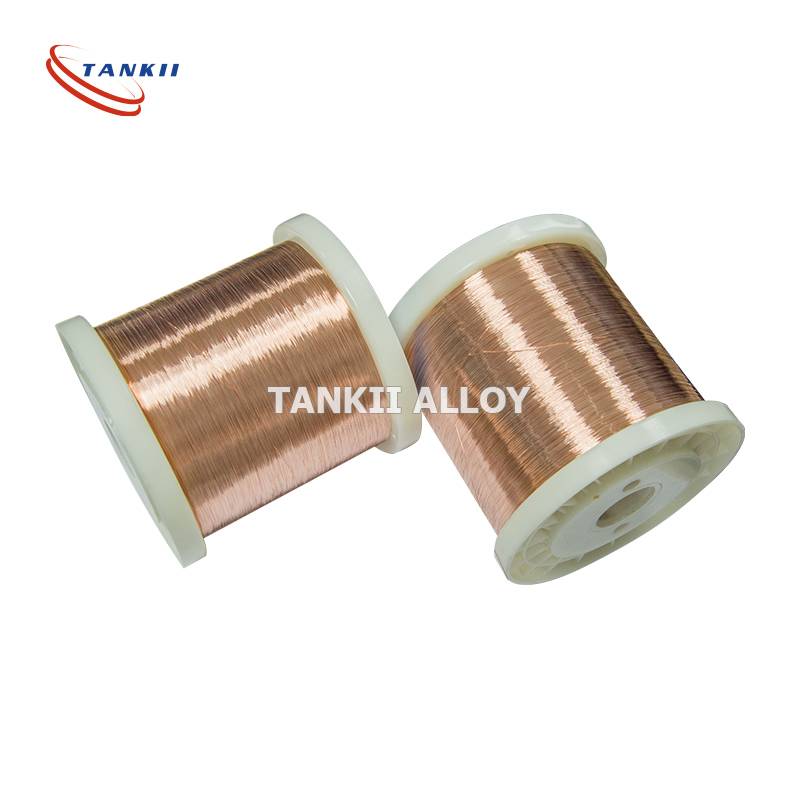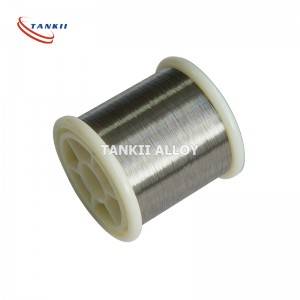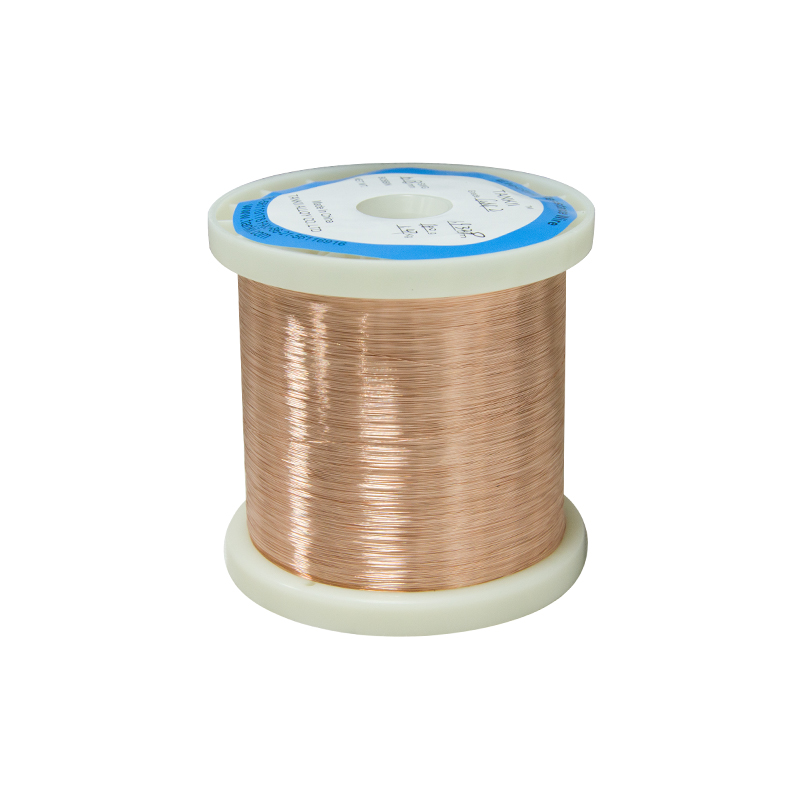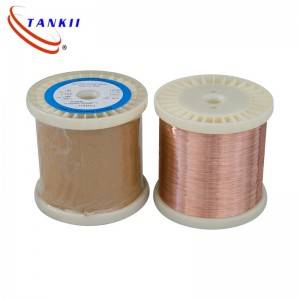Welcome to our websites!
Dia 0.05mm 0.045mm CuNi2 Alloy Wire for Heated Car Seat
Features
1. Higher resistance than copper
2. High tensile strength
3. Good bending proof performance
Application
1. Heating applications
2. Resistance wire
3. Applications with high mechanical requirements
4. Others
Appication:
Low-voltage circuit breaker, thermal overload relay, electrical heating cable, electrical heating mats, snow melting cable and mats, ceiling radiant heating mats, Floor heating mats & Cables, Freeze protection cables, electrical heat tracers, PTFE heating cables, hose heaters, and other low-voltage electrical product
Main grades and properties
| Type | Electrical resistivity (20degreeΩ mm²/m) |
temperature coefficient of resistance (10^6/degree) |
Dens ity g/mm² |
Max. temperature (°c) |
Melting point (°c) |
| CuNi1 | 0.03 | <1000 | 8.9 | 200 | 1085 |
| CuNi2 | 0.05 | <1200 | 8.9 | 200 | 1090 |
| CuNi6 | 0.10 | <600 | 8.9 | 220 | 1095 |
| CuNi8 | 0.12 | <570 | 8.9 | 250 | 1097 |
| CuNi10 | 0.15 | <500 | 8.9 | 250 | 1100 |
| CuNi14 | 0.20 | <380 | 8.9 | 300 | 1115 |
| CuNi19 | 0.25 | <250 | 8.9 | 300 | 1135 |
| CuNi23 | 0.30 | <160 | 8.9 | 300 | 1150 |
| CuNi30 | 0.35 | <100 | 8.9 | 350 | 1170 |
| CuNi34 | 0.40 | -0 | 8.9 | 350 | 1180 |
| CuNi40 | 0.48 | ±40 | 8.9 | 400 | 1280 |
| CuNi44 | 0.49 | <-6 | 8.9 | 400 | 1280 |
Write your message here and send it to us













